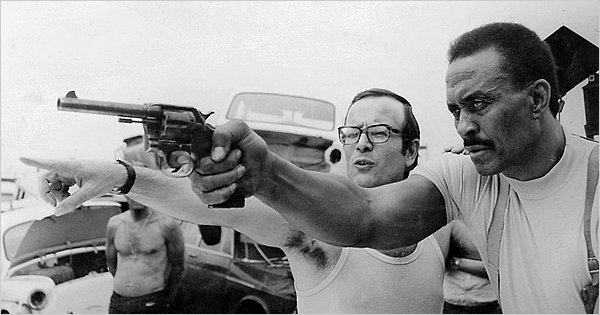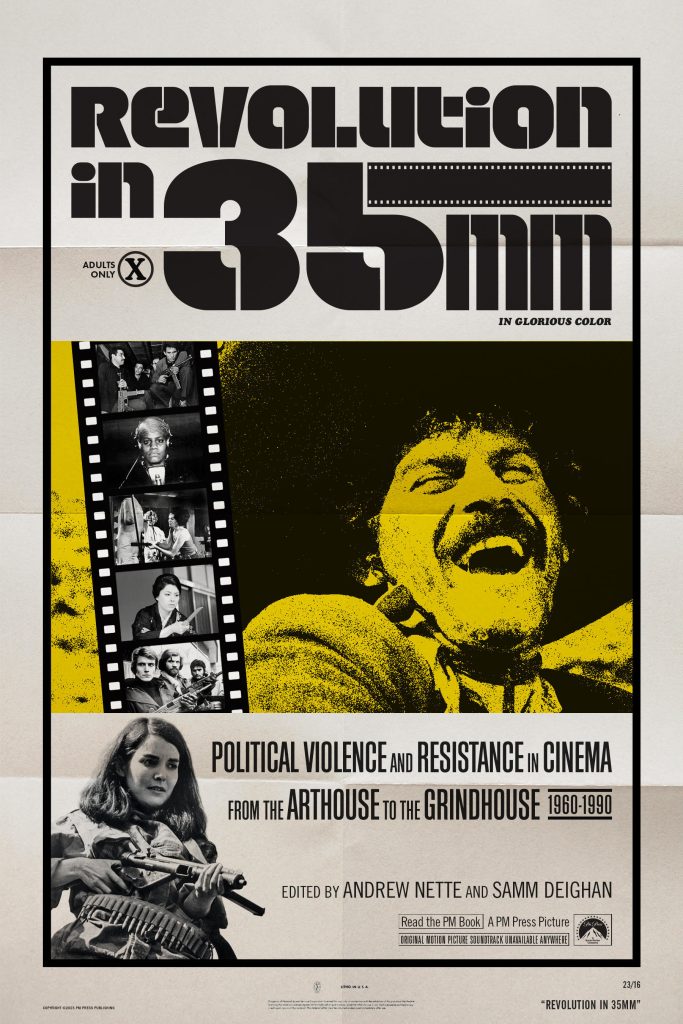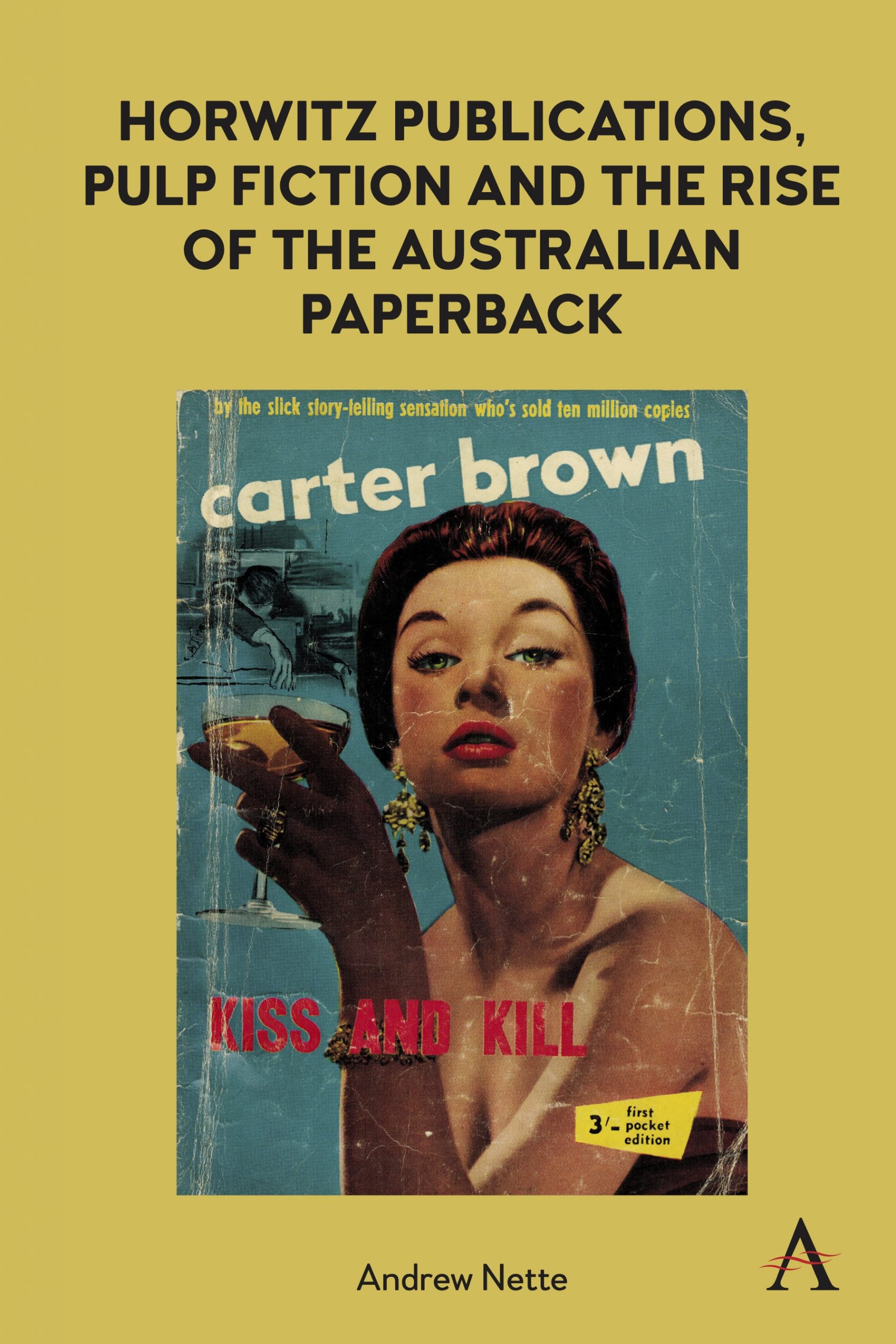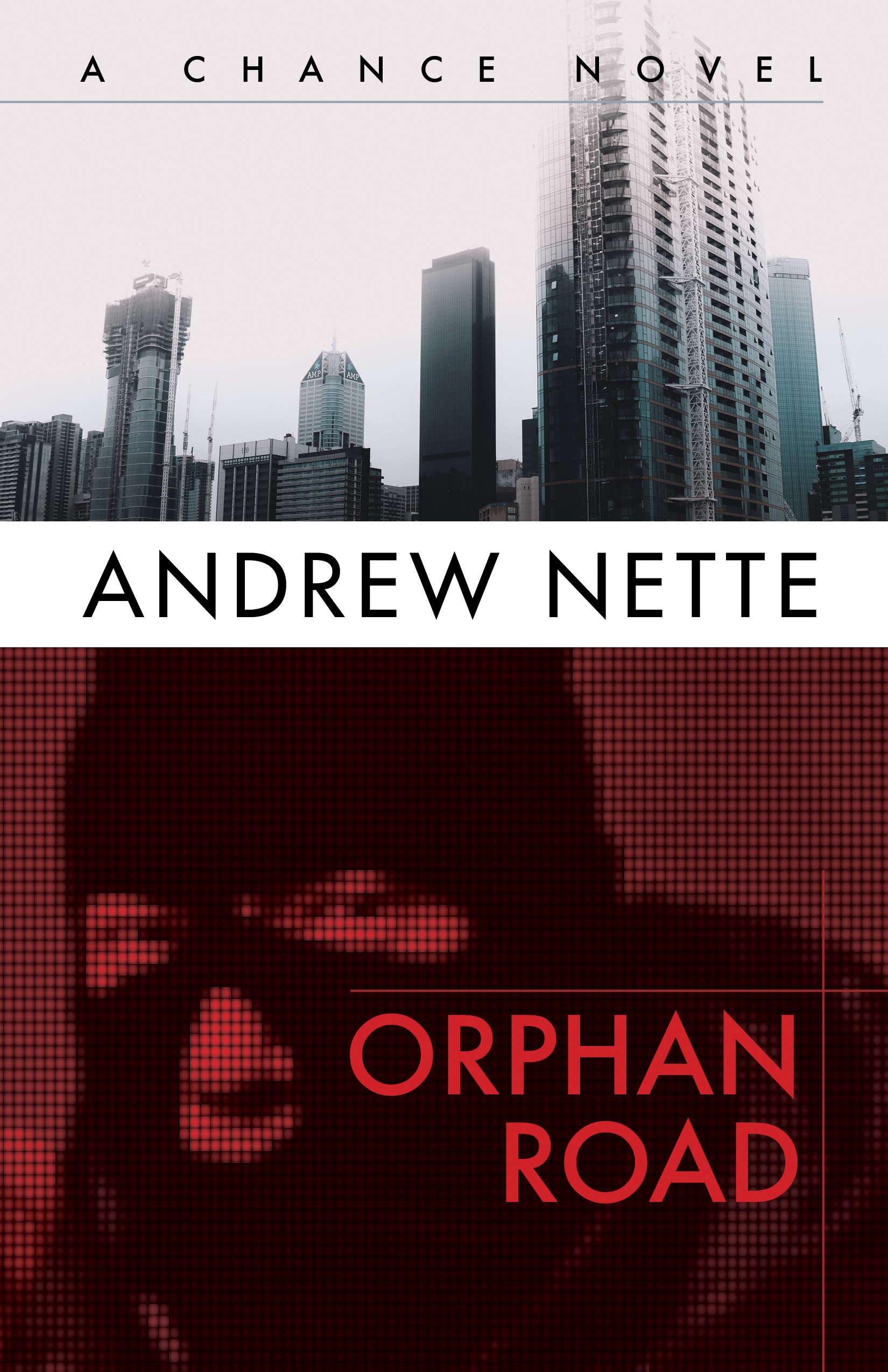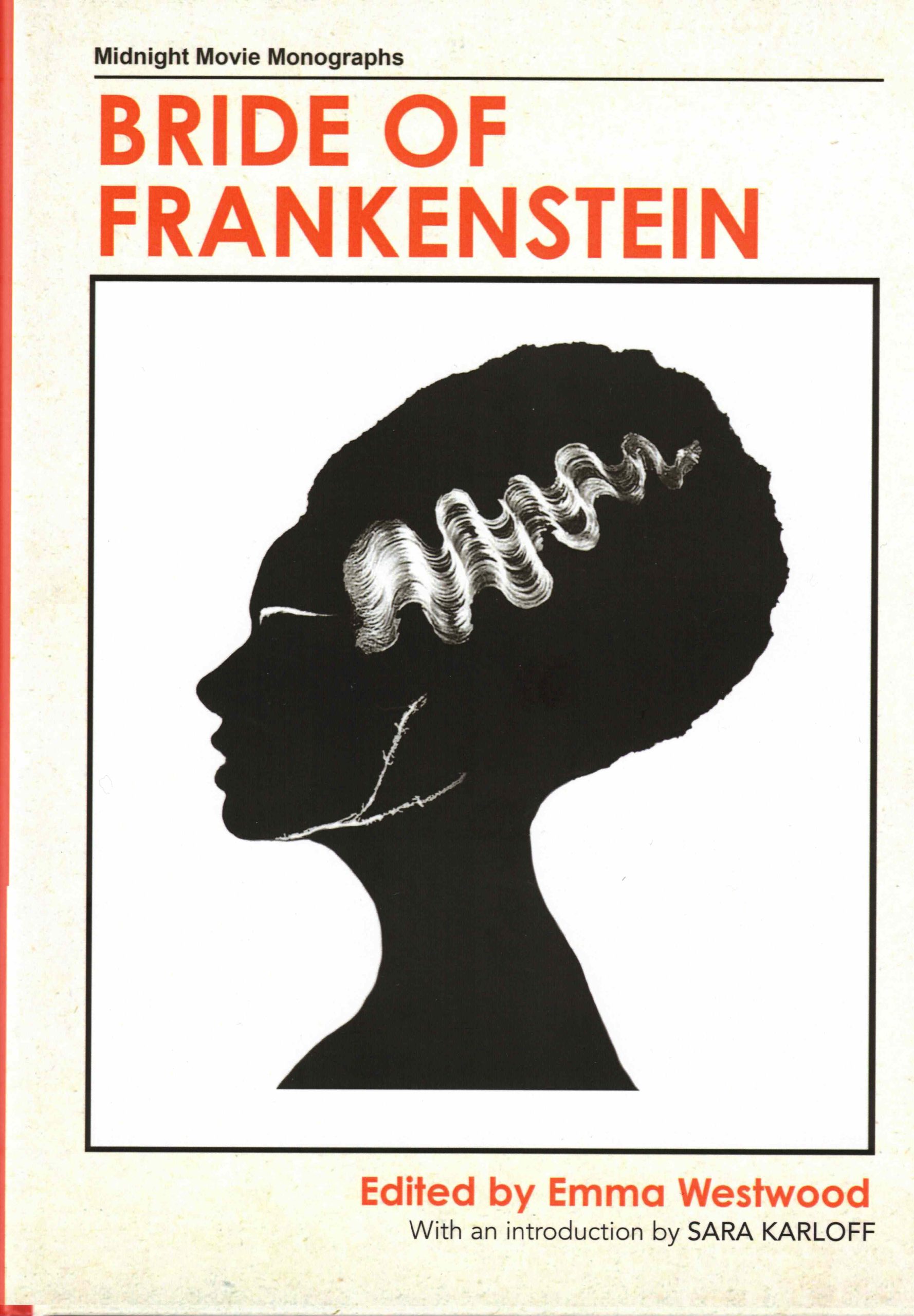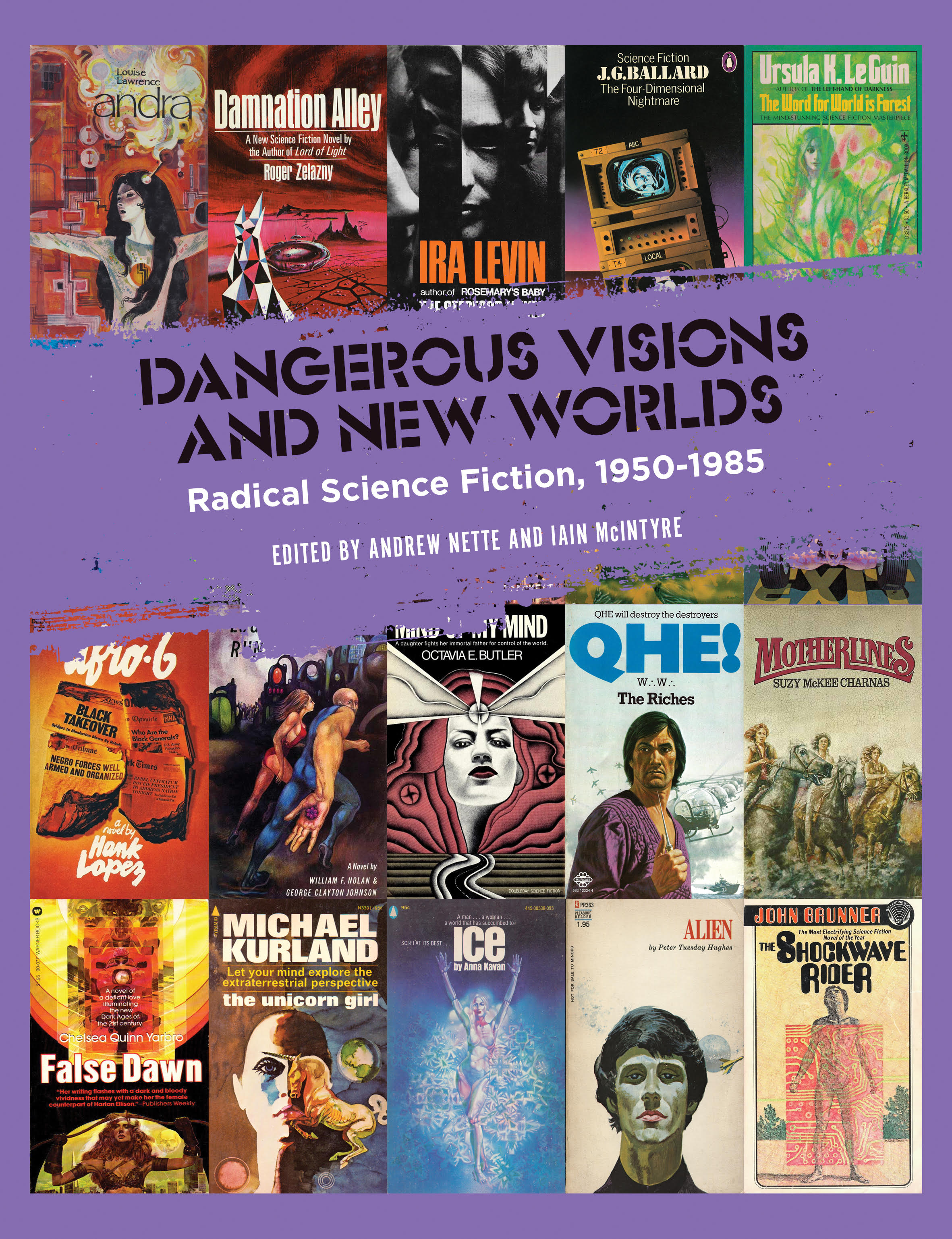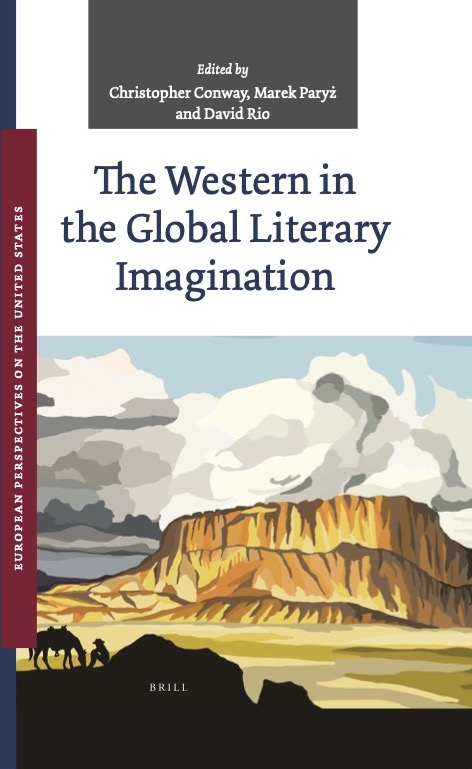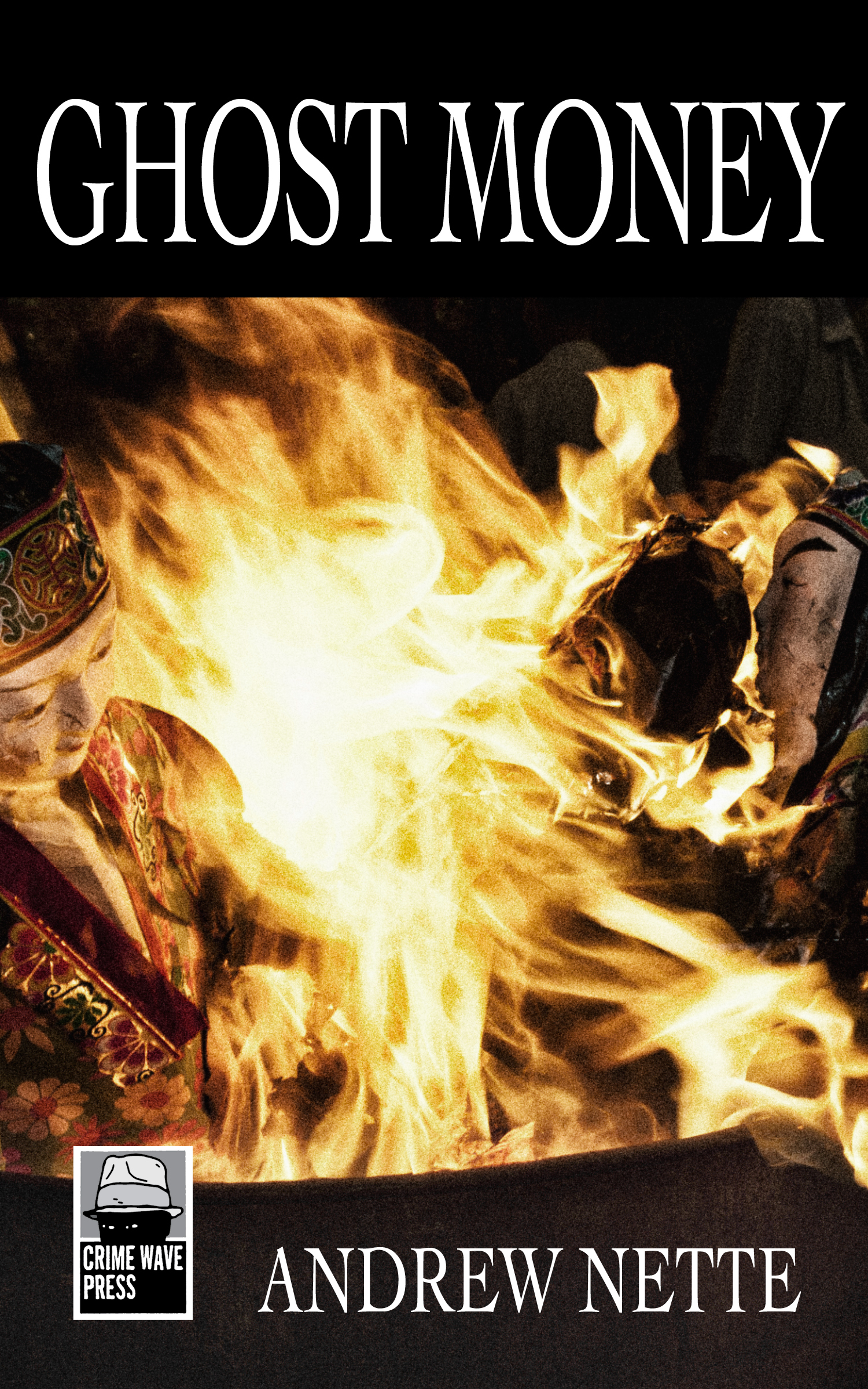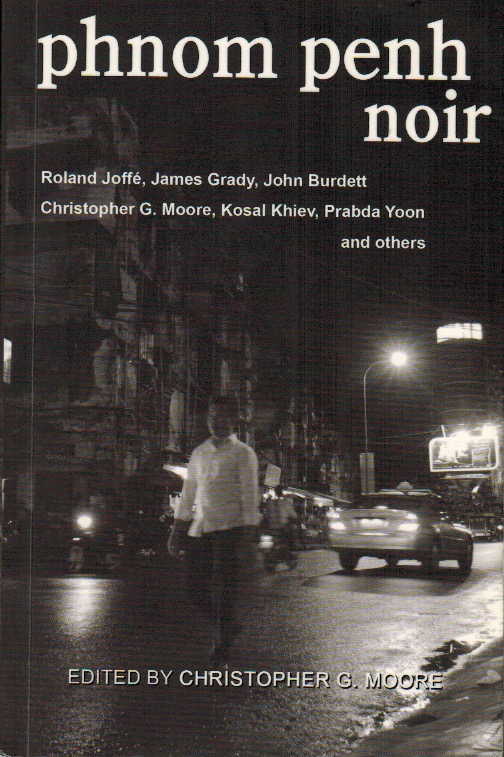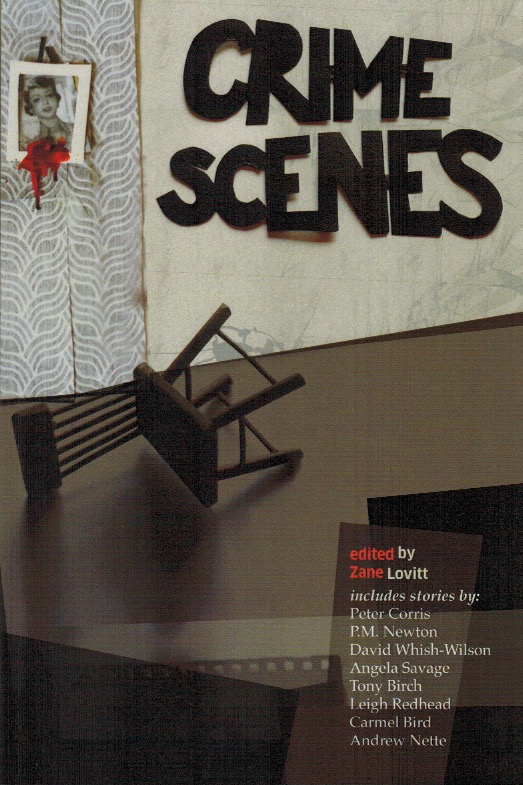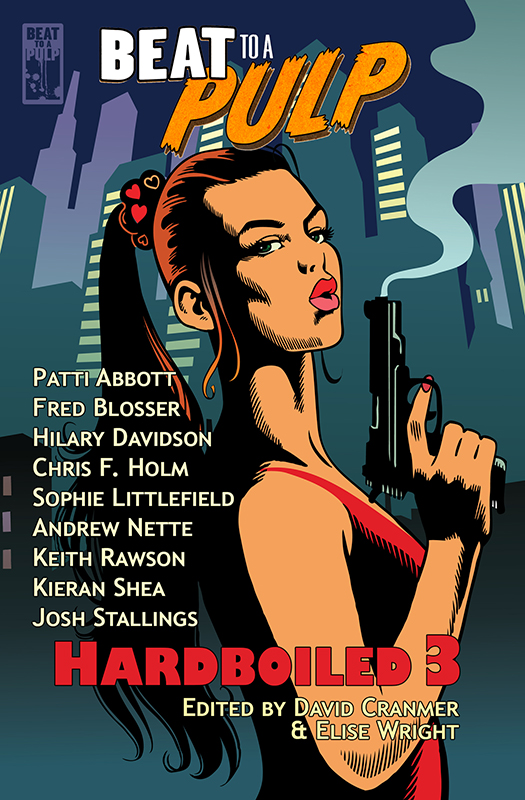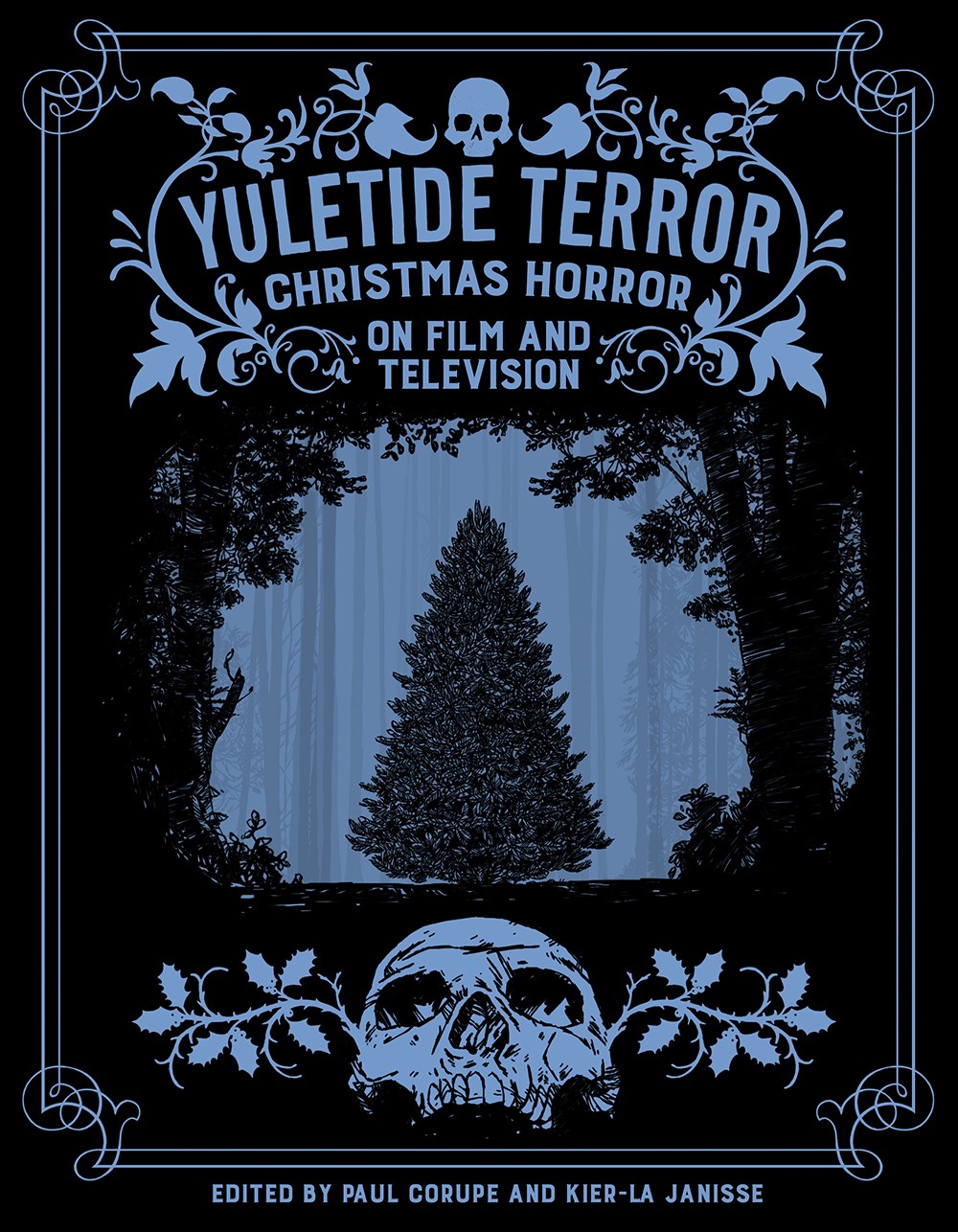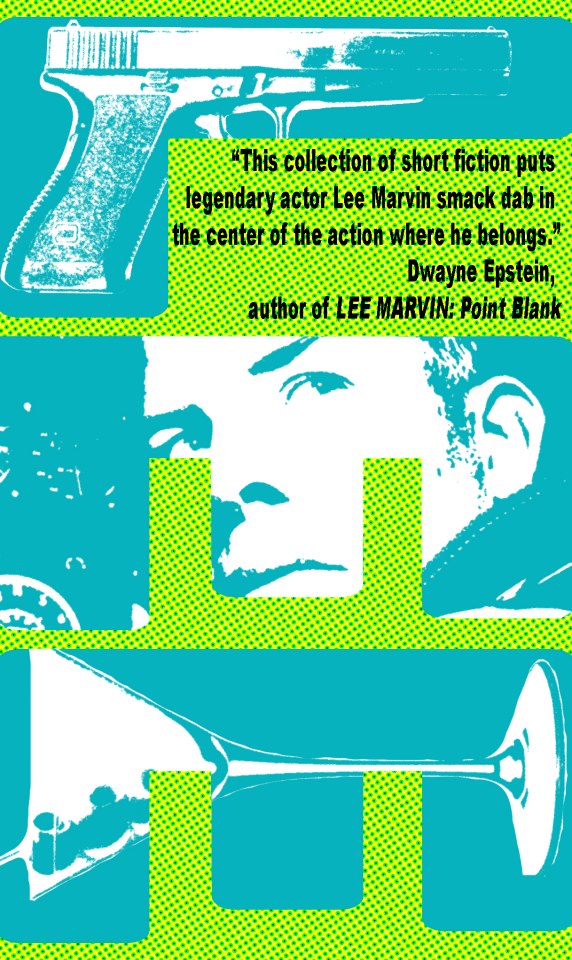Search
-
Recent Posts
- Dishing up Pulp Curry in a new way: why I am starting a Substack newsletter
- Book reviews: Deadly dames, midcentury Brit pulp and 1970s science fiction
- Mackenna’s Gold (1969): Gold, Ghosts and Frontier Violence
- Orphan Road book launch
- Orphan Road now available
- Pre-orders open for my new novel, Orphan Road
- Cover reveal: Orphan Road, my follow up to Gunshine State
- Breakfast in the Ruins podcast: New English Library Bikermania
- Why 1973 was the year Sidney Lumet took on police corruption
- Men’s Adventure Quarterly: Gang Girls issue
Categories
- 1960s American crime films
- 1970s American crime films
- 1980s American crime films
- 1990s American crime films
- Adrian McKinty
- Albert Dekker
- Andre De Toth
- Angela Savage
- Angie Dickinson
- Anthony Zerbe
- Asian noir
- Australian crime fiction
- Australian crime film
- Australian noir
- Australian popular culture
- Australian pulp fiction
- Australian television history
- Ava Gardner
- Beat culture
- Belmont Tower Books
- Ben Wheatley
- Billie Whitelaw
- Black pulp fiction
- Blaxsploitation
- Book cover design
- Book Reviews
- British crime cinema
- British pulp fiction
- Bryan Brown
- Burt Lancaster
- Carter Brown
- Charles Durning
- Charles Willeford
- Chester Himes
- Christopher G Moore
- Christopher Lee
- Cinema culture
- Claude Atkins
- Coronet Books
- Crawford Productions
- Crime Factory
- Crime Factory Publications
- Crime fiction
- Crime fiction and film from Africa
- Crime fiction and film from Cambodia
- Crime fiction and film from China
- Crime fiction and film from India
- Crime fiction and film from Indonesia
- Crime fiction and film from Japan
- Crime fiction and film from Laos
- Crime fiction and film from Latin and Central America
- Crime fiction and film from Malaysia
- Crime fiction and film from New Zealand
- Crime fiction and film from Scandinavia
- Crime fiction and film from Singapore
- Crime fiction and film from South Korea
- Crime fiction and film from Thailand
- Crime fiction and film from the Philippines
- Crime Fiction and film set in Vietnam
- Crime film
- Dangerous Visions and New Worlds Radical Science Fiction 1950 to 1985
- David Goodis
- David Peace
- David Whish-Wilson
- Derek Raymond
- Diana Dors
- Dirk Bogarde
- Don Siegel
- Don Winslow
- Donald Westlake aka Richard Stark
- Dystopian cinema
- Ernest Borgnine
- Eurocrime
- Fawcett Gold Medal Books
- Femme fatale
- Fernando Di Leo
- Filipino genre films
- Film Noir
- Forgotten Melbourne
- French cinema
- French crime fiction
- Garry Disher
- Gene Hackman
- George V Higgins
- Georges Simenon
- Ghost Money
- Giallo cinema
- Gil Brewer
- Girl Gangs, Biker Boys and Real Cool Cats: Pulp Fiction & Youth Culture, 1950-1980
- Gloria Grahame
- Gold Star Publications
- Gregory Peck
- Gunshine State
- Heist films
- Horror
- Horwitz Publications
- Humphrey Bogart
- Ian Fleming
- Interviews
- Ira Levin
- James Caan
- James Crumley
- James Ellroy
- James Hadley Chase
- James Woods
- Jim Brown
- Jim Thompson
- Joel Edgerton
- John Frankenheimer
- Joseph Losey
- Karen Black
- Kerry Greenwood
- Kinji Fukasaku
- Larry Kent
- Laura Elizabeth Woolett
- Lee Marvin
- Leigh Redhead
- Lindy Cameron
- M Emmet Walsh
- Mad Max
- Mafia
- Malla Nunn
- Martin Limon
- Megan Abbott
- Melbourne International Film Festival
- Melbourne Writers Festival
- Men's Adventure Magazines
- Michael Caine
- Michael Fassbender
- Mickey Spillane
- Monarch Books
- Ned Kelly Awards
- Neo Noir
- New English Library
- Newton Thornburg
- Noir Con
- Noir fiction
- Non-crime reviews
- Oren Moverman
- Orphan Road
- Ozsploitation
- Pan Books
- Parker
- Paul Newman
- Peter Boyle
- Peter Corris
- Peter Strickland
- Peter Yates
- Poliziotteschi
- Pulp fiction
- Pulp fiction in the 70s and 80s
- Pulp fiction set in Asia
- Pulp Friday
- Pulp paperback cover art
- Qui Xiaolong
- Raymond Chandler
- Richard Burton
- Richard Conte
- Robert Aldrich
- Robert Mitchum
- Robert Ryan
- Robert Stone
- Rock Hudson
- Roger Smith
- Rollerball
- Rosaleen Norton
- Roy Scheider
- Rural noir
- Sam Levene
- Sam Peckinpah
- Samuel Fuller
- Science fiction and fantasy
- Scripts Publications
- Sidney Lumet
- Sidney Poitier
- Simon Harvester
- Snowtown
- Snubnose Press
- Spies
- Stanley Baker
- Sterling Hayden
- Steve McQueen
- Sticking it the the Man Revolution and Counter Culture in Pulp and Popular Fiction 1950 1980
- Stuart Rosenberg
- Tandem Books
- Tart noir
- Tartan Noir
- Ted Lewis
- Toni Johnson Woods
- True crime
- Vicki Hendricks
- Victor Mature
- Vintage mug shots
- Vintage pulp paperback covers
- Wallace Stroby
- War film
- Westerns
- William Friedkin
- Woody Strode
- Yakuza films
- Yaphet Kotto
Nothing but noir
Recommended reading
The lurid world of pulp
- 20th century Danny Boy
- American Pulps
- Bear Alley
- Bloody, Spicy, Books
- Comics Down Under
- Everything second hand
- Existential Ennui
- Greenleaf Classic Books
- Irv O. Neil's Erotica is My Trade
- Killer Covers
- Lost Classics of Teen Lit 1939-1989
- Luminist Archives
- Men's Pulp Mags
- Mporcius Fiction Log
- Murder, Mayhem and Long Dogs
- Neglected Books
- Nocturnal Revelries
- Paperback Warrior
- Paperbacks of the Gods
- Pop Sensation
- Pulp artists
- Pulp Covers
- Pulp Crazy
- Pulp Flakes
- Pulp International
- Pulp Magazines Project
- Pulp Serenade
- Realms of the Night
- Romance Fiction Has a History
- Rough Edges
- Sin Street Sleaze
- Spy Guys and Gals
- The department of Afro American Research Arts & Culture
- The Dusty Bookcase
- The Haunted World of Richard Sala
- The Moon Lens
- The Nick Carter & Carter Brown Blog
- The Pulp & Paperback Fiction Reader
- Too Much Horror Fiction
- True Pulp Fiction
- Vault of Horror
- Vintage Nurse Romance Novels
- Vintage Romance Novels
- Welcome to the Pan Paperback
- Yellow and Creased
Support This Site
If you like what I do please support me on Ko-fi
Category Archives: Film Noir
The Shanghai Gesture
Melbourne Cinematheque is currently screening a series of films by the legendary Viennese-born auteur Joseph von Sternberg. It’s as good an opportunity as any to post this great review of one of the strangest and most powerful film noirs I have seen, von Sternberg’s 1941 classic, The Shanghai Gesture, starring Gene Tierney, Victor Mature and Walter Huston.
Unfortunately, this is not one of the films being shown by Melbourne Cinematheque, although it’s not hard to get on DVD and it’s definitely worth it. I won’t spoil what follows by saying any more. This review originally appeared as Back Alley Noir’s Film Noir of the Week in September 2010. It was written Sheila O’Malley, whose excellent blog The Shelia Variations is well worth checking out. Thanks to Sheila for permission to reprint her work.
Josef von Sternberg’s The Shanghai Gesture, his last major picture, is characterized as a noir, but this is a film noir staggering through a cloud of opium smoke with fresh bruises on its hipbones. The film’s focus on an investigation into a nighttime world of corruption is one of the reasons for its noir status, not to mention the strong spider-woman in the lead, but in many respects the film eludes classification.
Based on a play by John Colton, the script of The Shanghai Gesture was problematic from the start, and von Sternberg was forced to make extensive cuts.… Read more
Hunger and other films about doing time
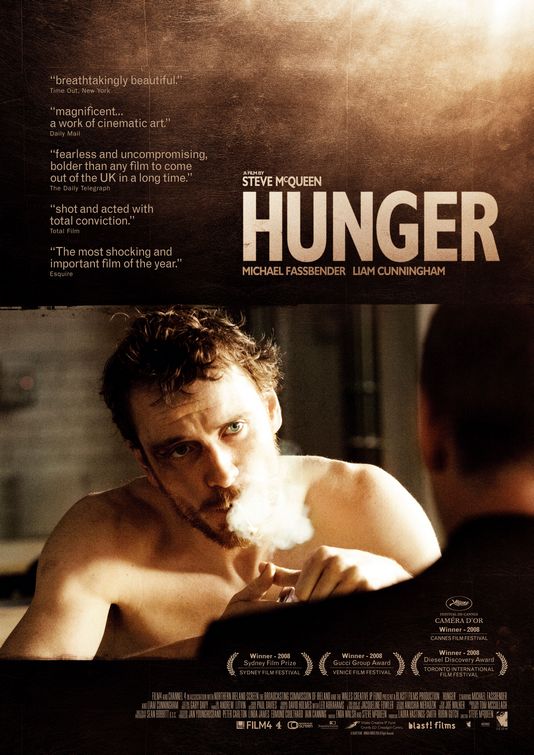 I haven’t spent a lot of time in prisons and don’t want to. But I won’t deny they make tremendous story settings.
I haven’t spent a lot of time in prisons and don’t want to. But I won’t deny they make tremendous story settings.
This was brought home to me again over the weekend after watching Hunger, Steve McQueen’s 2008 depiction of the final months in the life of IRA militant Bobby Sands. Sands and 9 other IRA inmates staved themselves to death in 1981 in protest against the Thatcher government’s insistence of treating them as common criminals rather than political prisoners.
I recently reviewed Adrian McKinty’s book The Cold Cold Ground, which dealt with a Catholic cop in a Protestant neighbourhood trying to solve a murder against the backdrop of the civil unrest unleashed by the hunger strikes.
Hunger is about what happened inside the walls of the Maze Prison. It’s a visceral, blistering film, all the more so because it’s made with incredible slight of hand.
It opens with the arresting image of a pair of bloody knuckles being soaked in water. These belong to one of the prison guards and were acquired administering incredibly savage beatings to IRA prisoners in response to their “blanket and dirty protests” in which the prisoners refused to wash and smeared shit over the walls of their prison cells. The guard is subsequently murdered in the aged care home where his mother lives, one of 16 guards killed by paramilitaries in retaliation for the treatment of the prisoners.… Read more
Posted in 1960s American crime films, 1970s American crime films, 1980s American crime films, Adrian McKinty, Australian crime film, Bryan Brown, Burt Lancaster, Film Noir, James Woods, Michael Fassbender, Stuart Rosenberg
Tagged A Prophet (2002), Adrian Mckinty, Alan Parker, Big Doll House (1971), Brute Force (1947), Burt Lancaster, Caged (1950) Agnes Morehead, Christopher Dale Flannery, Cold Ground, Cool Hand Luke (1967), Ernest Brawley, Everynight... Everynight (1994), Fast Walking (1982), Ghosts of the Civil Dead (1988), Hunger (2008), Jackson County Jail (1976), Jacques Audiard, James Woods, McVicar (1980), Michael Fassbender, Midnight Express (1980), Night and the City (1950), prison films, Steve McQueen, Stir (1980), Stuart Rosenberg, The Cold, The Rap, Thieves Highway (1949)
Drive
After months of anticipation I finally got to see Nicolas Winding Refn’s Drive on the weekend.
I can’t remember the last time I saw a really good crime movie at a mainstream multiplex cinema. Maybe Ben Affleck’s The Town, although it went down hill fast whenever it tried to move away from the heist theme and get into the characters.
Drive is not perfect, hell what film is, but it was damn close in my view, certainly up there with the best contemporary crime films I’ve seen.
The movie is very loosely based on the 2005 book of the same name by James Sallis. Ryan Gosling plays ‘Driver’. By day he works as a stuntman and fixes cars in a garage owned by his mentor, Shannon (Bryan Cranston of Breaking Bad fame, although he will forever be associated in my mind as the father from Malcolm in the Middle, which for me is what makes him come across as so bent).
Driver’s expertise at what he does is established in the film’s first ten minutes, a fantastic high-speed chase thought the streets of LA scene during which he eludes a police dragnet.
His credo is simple:
“If I drive for you, you get your money. That’s a guarantee. Tell me where we start, where we’re going and where we’re going afterwards, I give you five minutes when you get there.… Read more
Eight reasons to love Kiss Me Deadly
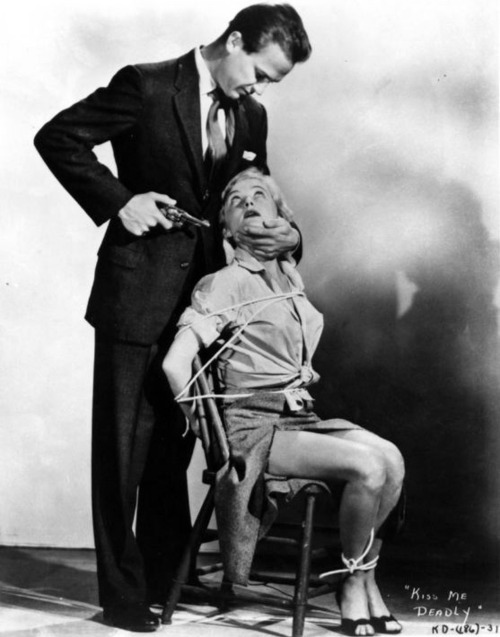 It’s a tough call, but one of my favourite films noirs is Robert Aldrich’s 1955 movie, Kiss Me Deadly. I’ve seen it at least fives times, most recently a couple of nights ago, and still find things about it to appreciate I hadn’t noticed previously.
It’s a tough call, but one of my favourite films noirs is Robert Aldrich’s 1955 movie, Kiss Me Deadly. I’ve seen it at least fives times, most recently a couple of nights ago, and still find things about it to appreciate I hadn’t noticed previously.
Shot in just three weeks with a group of largely no-name actors, Kiss Me Deadly is very loosely based on a Mickey Spillane novel of the same name. Most Pulp Curry readers are probably familiar with the plot, so I won’t go into it here. If you’re reading this and you’re not, all I can say is go and watch it – right now.
It’s one of the last of the classic era noirs and a great piece of pulp cinema. Here are 8 things I love about it.
1. The opening
On a deserted stretch of highway, tough guy private investigator Mike Hammer almost runs over a near hysterical woman standing in the middle of the road. Reluctantly, he gives her lift. The credits roll in reverse above the sound of the woman, Christina, sobbing and Nat ‘King’ Cole singing Rather Have Blue Eyes.
No sooner does she recovered her composure than she proceeds to psychoanalyse Hammer with a devastating accuracy that’s worth reprinting in full:
Christina: You’re angry with me, aren’t you?… Read more



